Optimal Conditions for Cement Cutting
Cement cuttings are most effectively performed during specific conditions to ensure safety and quality. Timing depends on factors such as temperature, humidity, and the curing stage of the concrete. Proper timing can improve the efficiency of the cutting process and the integrity of the remaining structure.
Cement cuttings should be done when ambient temperatures are between 50°F and 85°F to prevent cracking and ensure proper curing.
Low humidity levels are preferable to reduce the risk of surface defects and ensure cleaner cuts.
Cuttings are best performed after the concrete has reached sufficient strength, typically after the initial curing period.
Extreme heat or cold can adversely affect the cutting process and the quality of the results.

Specialized tools are used for precise and safe cement cuttings.
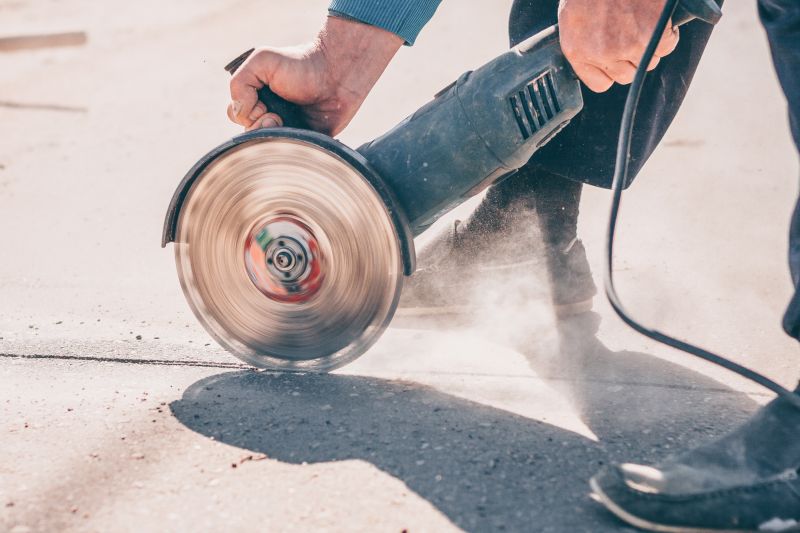
Monitoring weather is crucial to determine the best time for cement cutting work.
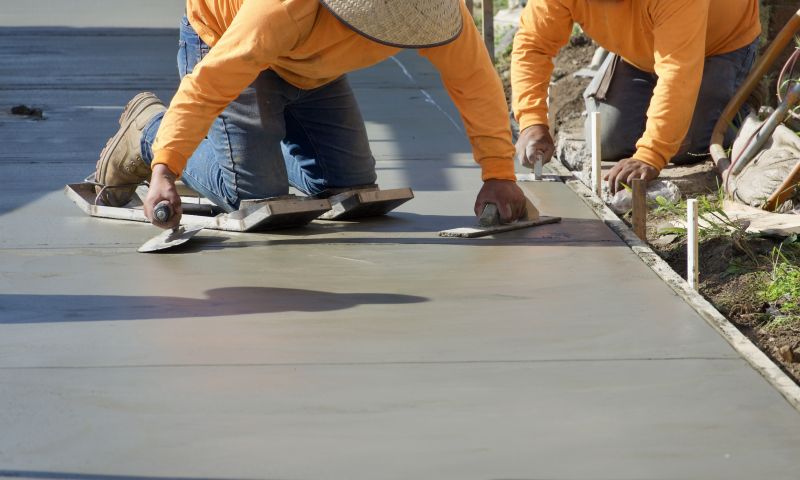
Proper surface prep ensures cleaner cuts and reduces damage.

Ways to make Cement Cuttings work in tight or awkward layouts.

Popular materials for Cement Cuttings and why they hold up over time.
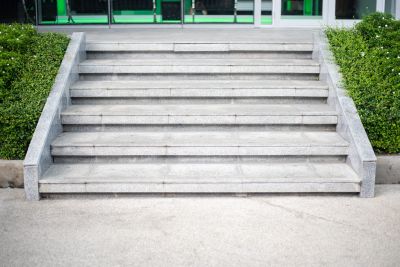
Simple add-ons that improve Cement Cuttings without blowing the budget.
| Factor | Ideal Conditions |
|---|---|
| Temperature | 50°F to 85°F |
| Humidity | Low to moderate levels |
| Curing Stage | After initial curing, before full strength |
| Weather | Avoid extreme heat or cold |
| Time of Day | Cooler hours, early morning or late afternoon |
Cement cuttings require careful consideration of environmental conditions to ensure safety, precision, and structural integrity. Proper timing reduces the risk of surface cracking, spalling, or other damages that can compromise the concrete's durability. Monitoring weather patterns and understanding the curing process are essential for scheduling effective cuttings.
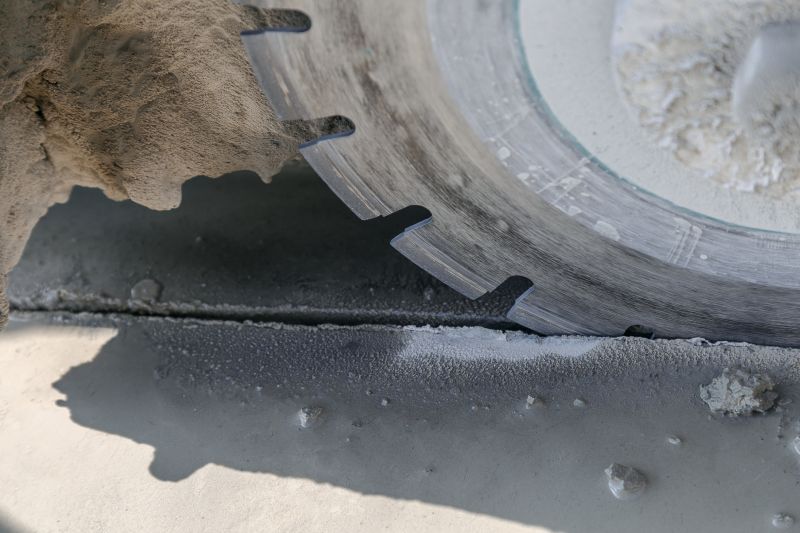
Diamond blades and saws are commonly used for clean cuts.
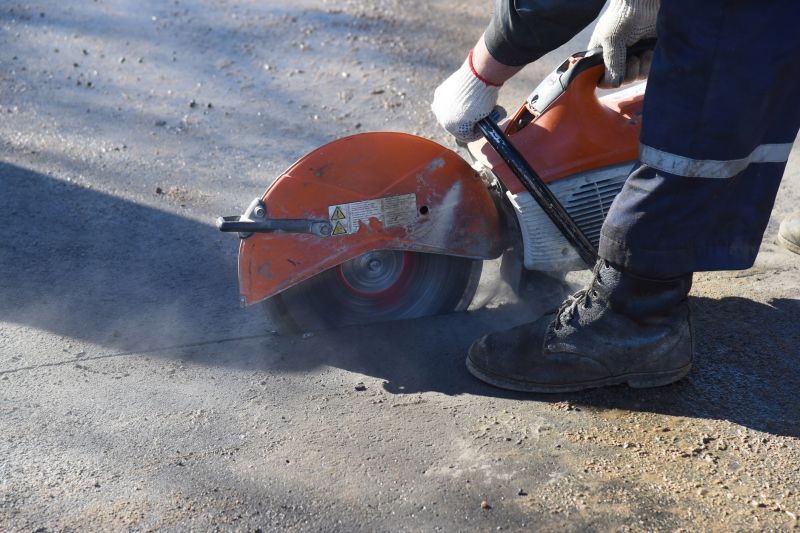
Using weather data helps determine optimal cutting times.
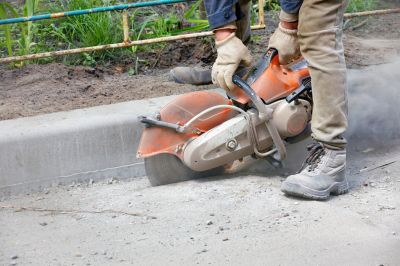
Inspecting the surface ensures readiness for cutting.

Proper safety equipment is essential during cutting operations.
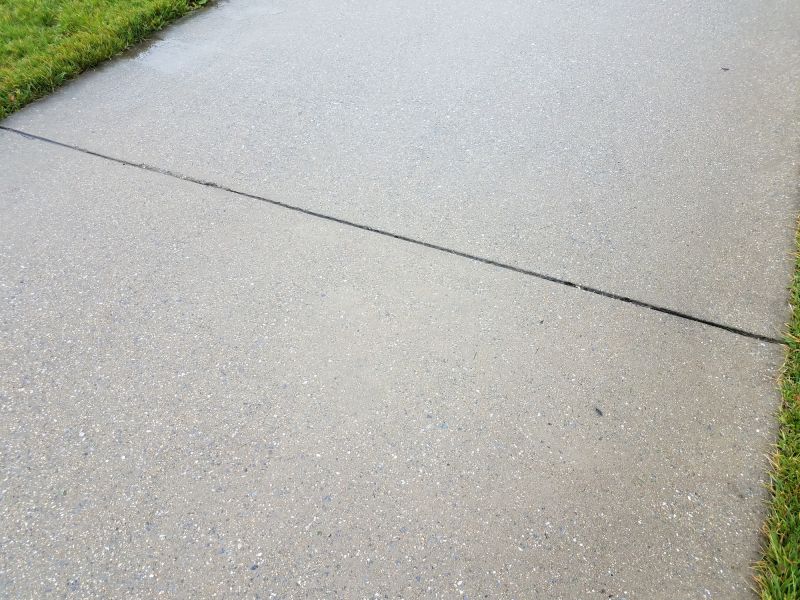
High-end options that actually feel worth it for Cement Cuttings.
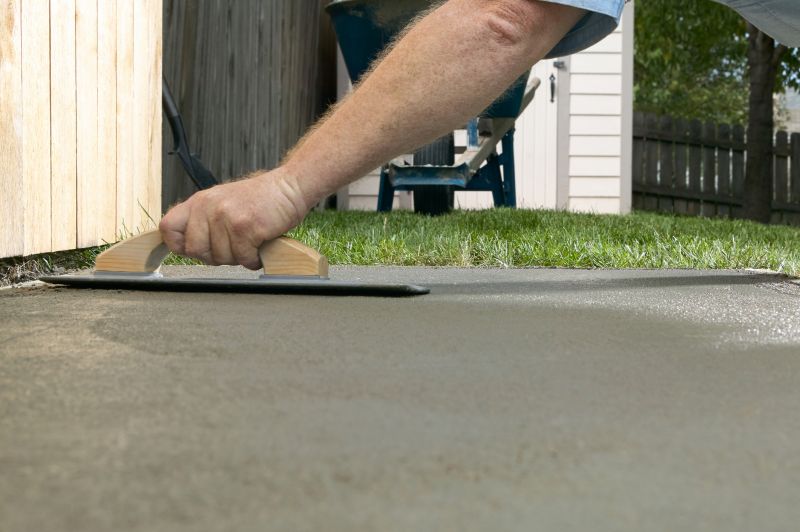
Finishes and colors that play nicely with Cement Cuttings.

Little measurements that prevent headaches on Cement Cuttings day.
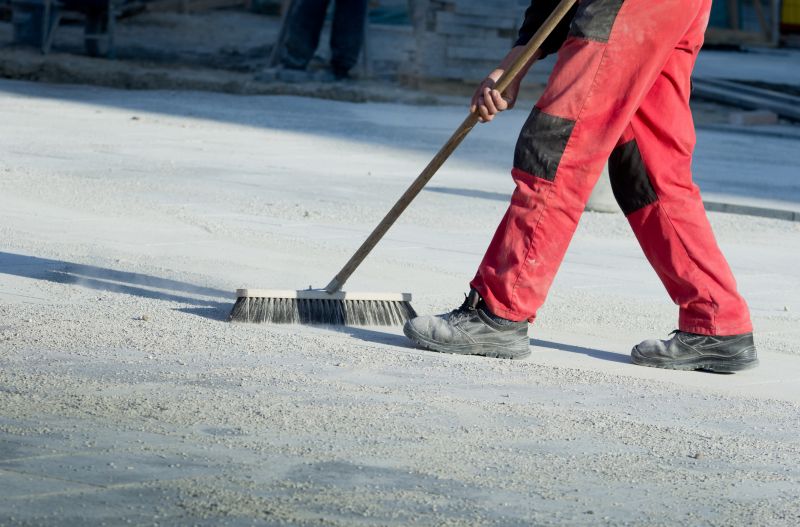
A 60-second routine that keeps Cement Cuttings looking new.

A frequent mistake in Cement Cuttings and how to dodge it.

Small tweaks to make Cement Cuttings safer and easier to use.
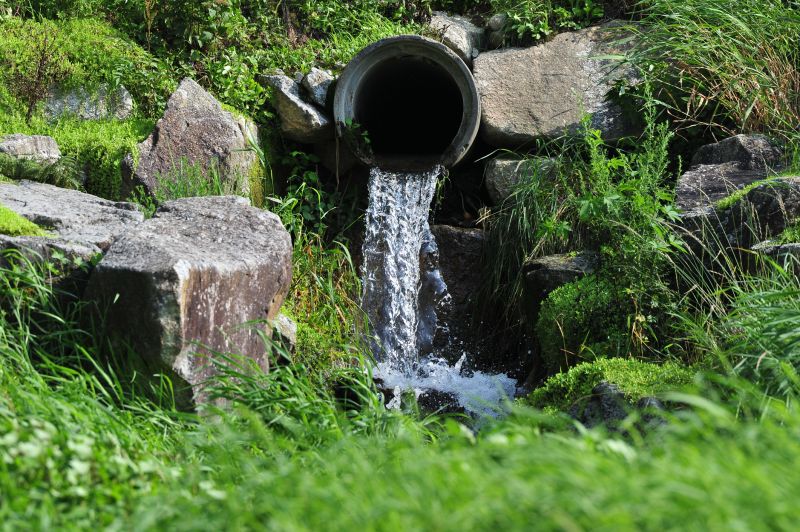
Lower-waste or water-saving choices for Cement Cuttings.

The short, realistic tool list for quality Cement Cuttings.
Understanding the optimal timing for cement cuttings enhances project outcomes and safety. Proper environmental assessment and preparation are key to achieving precise results without damaging the surrounding structure.
Interested in scheduling cement cuttings? Fill out the contact form to get more information.



